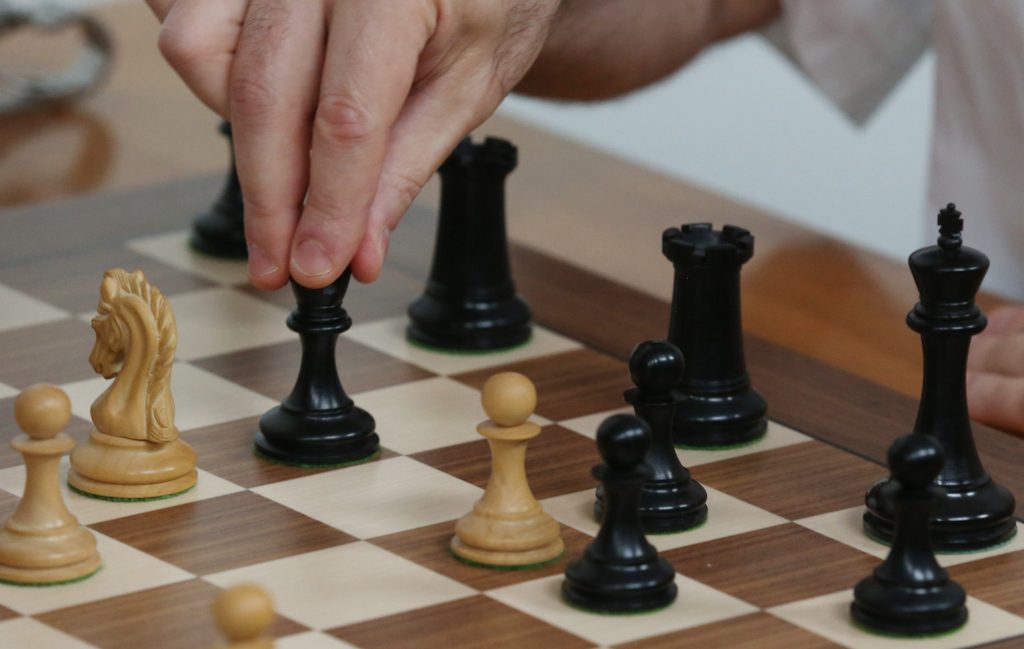In the intricate tapestry of chess, pawn structures serve as the bedrock upon which the dynamics of a game unfold. These seemingly humble pawns, often overshadowed by their more powerful counterparts, wield a silent influence that can determine the course of chess warfare. The arrangement of pawns on the board forms distinct structures, each with its strategic implications. Understanding these structures is akin to deciphering the chess battlefield, offering a roadmap for both building and breaking positions. Pawn structures, like the foundation of a fortress, dictate the strengths and weaknesses of a position. The classic duo of doubled pawns, standing side by side, can create vulnerabilities that savvy opponents exploit. Conversely, a well-coordinated pawn structure provides a solid defense and can serve as a launching pad for strategic offensives. The pawn structure embodies the essence of positional chess, where long-term planning takes precedence over immediate tactical skirmishes.

The central pawn structure often becomes the focal point of a chess battle. A pawn chain, extending like a spine across the board, can confer control over key squares and restrict the opponent’s mobility. Players strive to manipulate these structures, creating weaknesses or reinforcing their defenses. The battle for the chess lessons for beginners center, where pawn structures clash most fiercely, is a microcosm of the broader strategic struggle on the chessboard. Breaking down pawn structures requires a keen understanding of their vulnerabilities. Isolani, a lone pawn isolated from its compatriots, becomes a target for exploitation. Skilled players aim to create weaknesses, forcing their adversaries into a defensive posture. The art of pawn breaks, disruptive moves that shatter the opponent’s pawn structure, adds a dynamic dimension to chess warfare. Sacrificing pawns for tactical gains, players seek to undermine the stability of their opponent’s position.
The duality of building and breaking pawn structures reflects the ebb and flow of chess strategy. Recognizing when to fortify and when to attack is the hallmark of a seasoned chess general. Each pawn move is a small but decisive step in shaping the destiny of the board. The interplay of pawn structures requires foresight and adaptability, as the dynamics of a game can shift with a single pawn move. In the grand tapestry of chess, pawn structures serve as the warp and weft, weaving a narrative of strategic depth and complexity. Mastery of these structures empowers players to navigate the chessboard with finesse, anticipating the unfolding drama of each move. As the pawns advance and collide, the chessboard transforms into a battleground where building and breaking, the yin and yang of chess warfare, define the delicate balance between victory and defeat.
